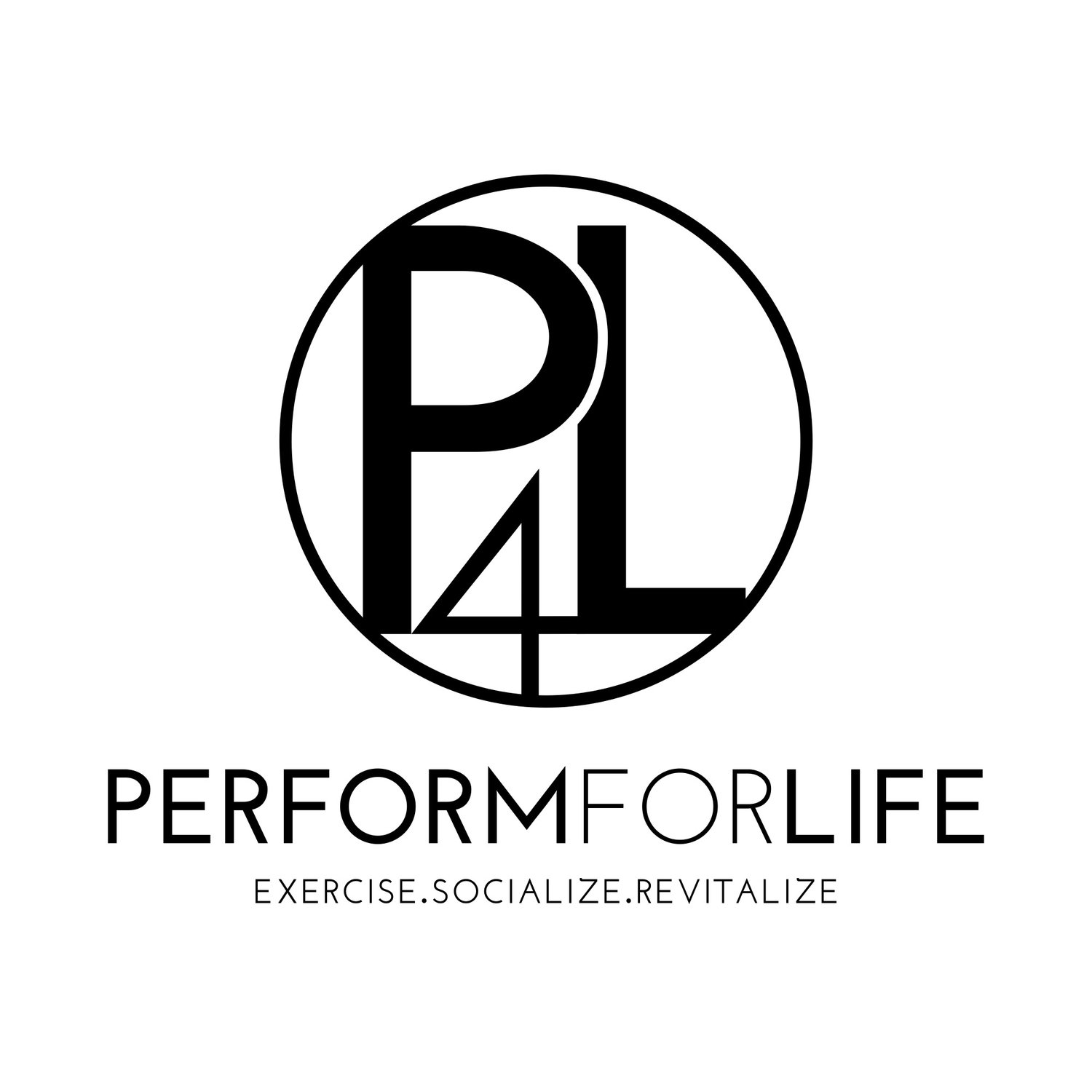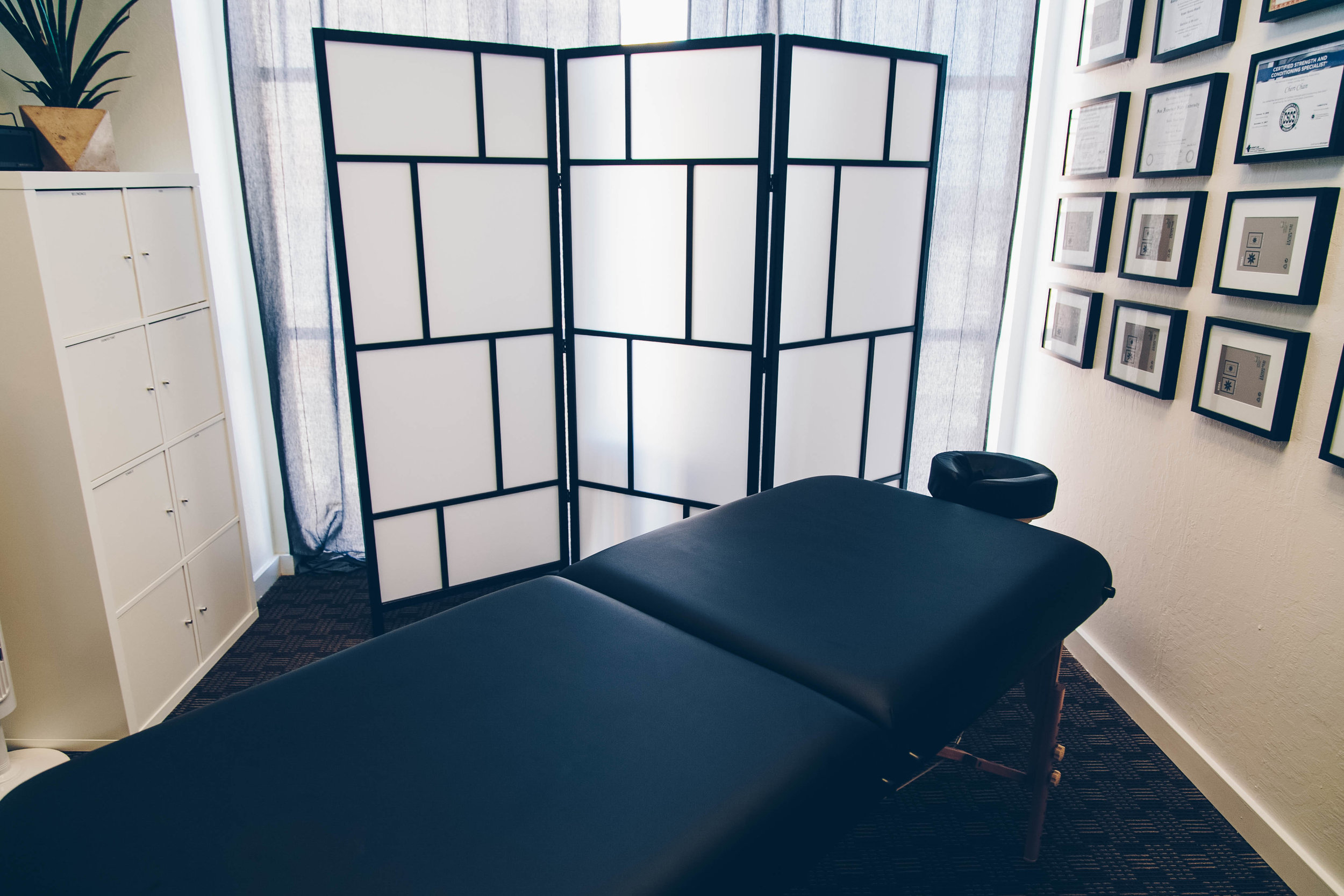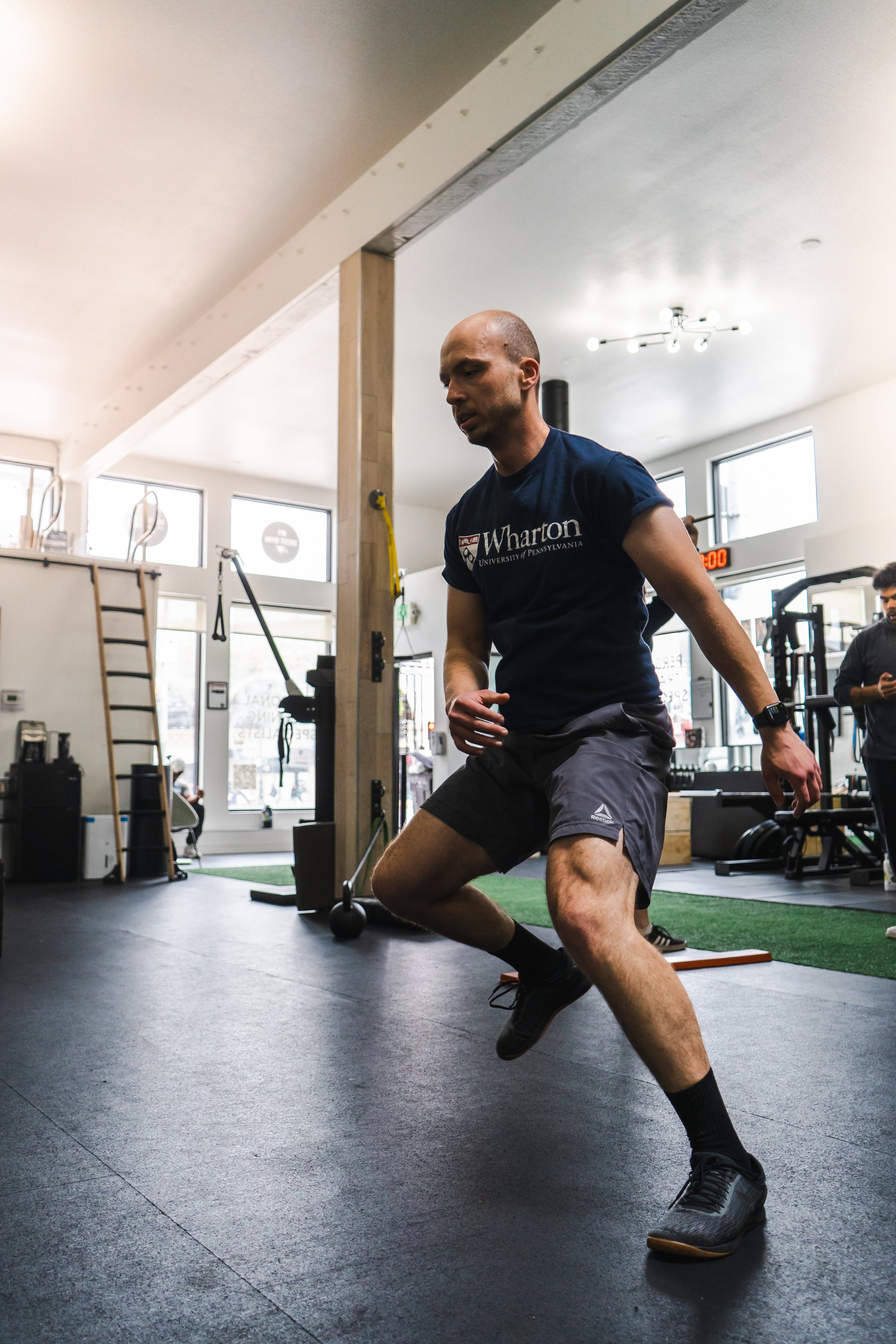Bodywork to Make Your Body Work
Almost everyone in San Francisco leads a very active lifestyle. From working the 9-5 to working out (hopefully), running errands, being outdoors to get fresh air and sun, and enjoying all the fun activities that the city constantly has to offer, San Franciscans are extremely social and busy people. We’re great at doing our work, being in school, and going out to do the things we love. Sometimes, though, we’re not so great at taking a step back to slow our lives down and take care of ourselves. We work hard and play hard, but we don’t always do enough for our “rest and digest” - our down time, our sleep, our nutrition: our recovery.
In previous posts, we’ve talked a lot about nutrition, sleep, and mindset, and these are all great and necessary elements to improve our general well-being and aid in recovery so that we can do what we do best: be active. So this time, I want to talk about another great way to recover, rest, and relax. I want to talk about massage.
As many of you know, massage is a great tool for relieving tension and tightness in the body, but people still have many misconceptions of what massage is.
Some people are afraid of massage because of a bad experience and say things like, “It was so painful! I think my body is just too sensitive to receive massage.”
Or, on the other end of the spectrum, some people say “I don’t feel like anything happened. They just rubbed lotion on me and that was it.” Many people don’t know that massage has the potential to reduce or even completely relieve pain. I think that it’s really unfortunate that not all people know how great it can be, so I want to break down a few different styles of massage and bodywork so that everyone can understand how this healing modality can play a vital role in your rest and recovery.
(Swedish) Relaxation Massage
The most prevalent form of massage for relaxation and enjoyment is Swedish Relaxation Massage. Swedish Massage is characterized by long, flowing, strokes that are firm, yet gentle. The massage therapist typically uses the palm and “heel” of his or her hands to glide across the skin over muscles and joints to lengthen and soften the tissues. Some type of lotion or oil is usually used and sessions can last from 30-90 minutes in a relaxing and soothing environment. This type of massage, or bodywork, is not as targeted as other modalities, but is effective in integrating multiple body parts in flowing moves to relax the patient and improve circulation and blood flow. Studies have even shown that Swedish Massage can help to reduce fatigue, depression, and anxiety - very relevant for the busy and often stressed-out San Franciscan.
Deep Tissue Massage
Deep tissue massage is characterized by its concentration on the deeper layers of muscles and fascia. For deep tissue massage, the therapist typically uses knuckles, fist, or elbow. Typically, deep tissue massage requires little to no oil or lotion compared to Swedish, but that doesn’t mean it can’t be relaxing as well. This is the style of massage that some people might say is really painful, but proper deep tissue massage should sink slowly into muscle and fascia so as to not cause the body to tense up and “fight back”. This modality is great for breaking up adhesions and to really get noticeable softening of dense or knotted tissue.
Clinical Bodywork
The last form of massage or bodywork I want to tell you about is clinical bodywork. Clinical bodywork is, as the name suggests, more clinical in its style and is a bit different from other types of massage, especially relaxation. Clinical bodywork is typically much more targeted, like deep tissue, and the emphasis is not on relaxation, but on helping the patient come out of pain from some type of injury or disease. During a clinical session, there is more communication between the patient and therapist to problem solve, and the practitioner will use a variety of tools to address the pain. These tools can include different massage modalities such as deep tissue, pin and stretch, myofascial release, and even Swedish relaxation strokes if appropriate. But, the practitioner might not be limited to just massage techniques and may incorporate other elements such as lymphatic drainage, cupping, special assessments, stretching, rehabilitation exercises and neuro-techniques to name a few.
Conclusion
Here at Perform for Life, we’re all about our training, education, and community, but we also really love to show our care for our athletes by providing clinical bodywork. We see and care for so many of our athletes going through pain from injury, disease, stress, and overwork and we want to make sure that everyone takes care of their bodies. We might do a great job at being active and working out hard, but it’s important to know when to let our bodies rest, relax and recover, and massage is a great way to do so.
From Swedish relaxation to clinical bodywork, there’s a type of massage for everyone to help with relaxation and even pain. Keep in mind that I’ve only gotten to talk about a few modalities of bodywork and that there is so much more out there. So, if these don’t work, don’t stop searching. Stay active but listen to your body and take great care of it - it’s the only one you’ve got.














